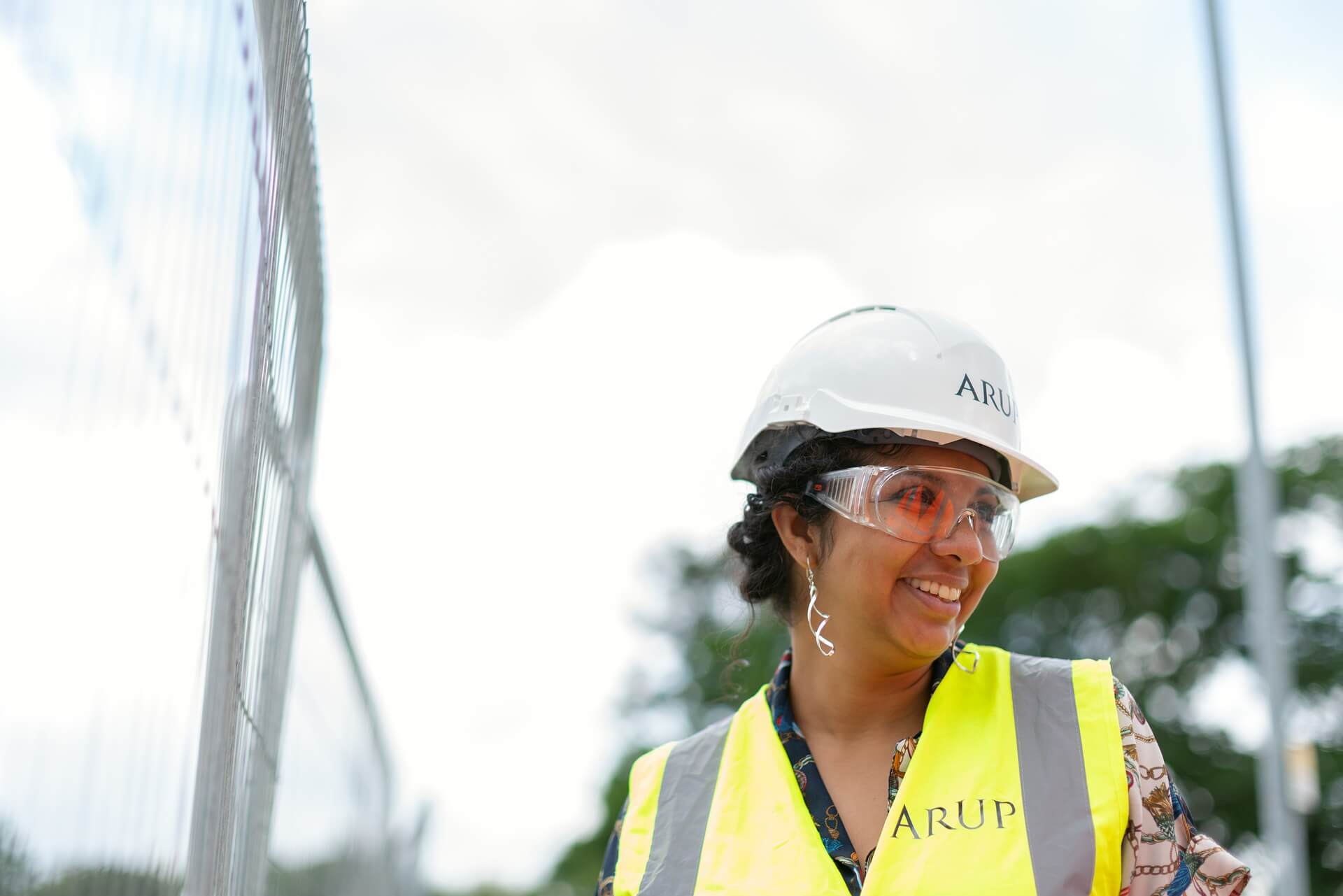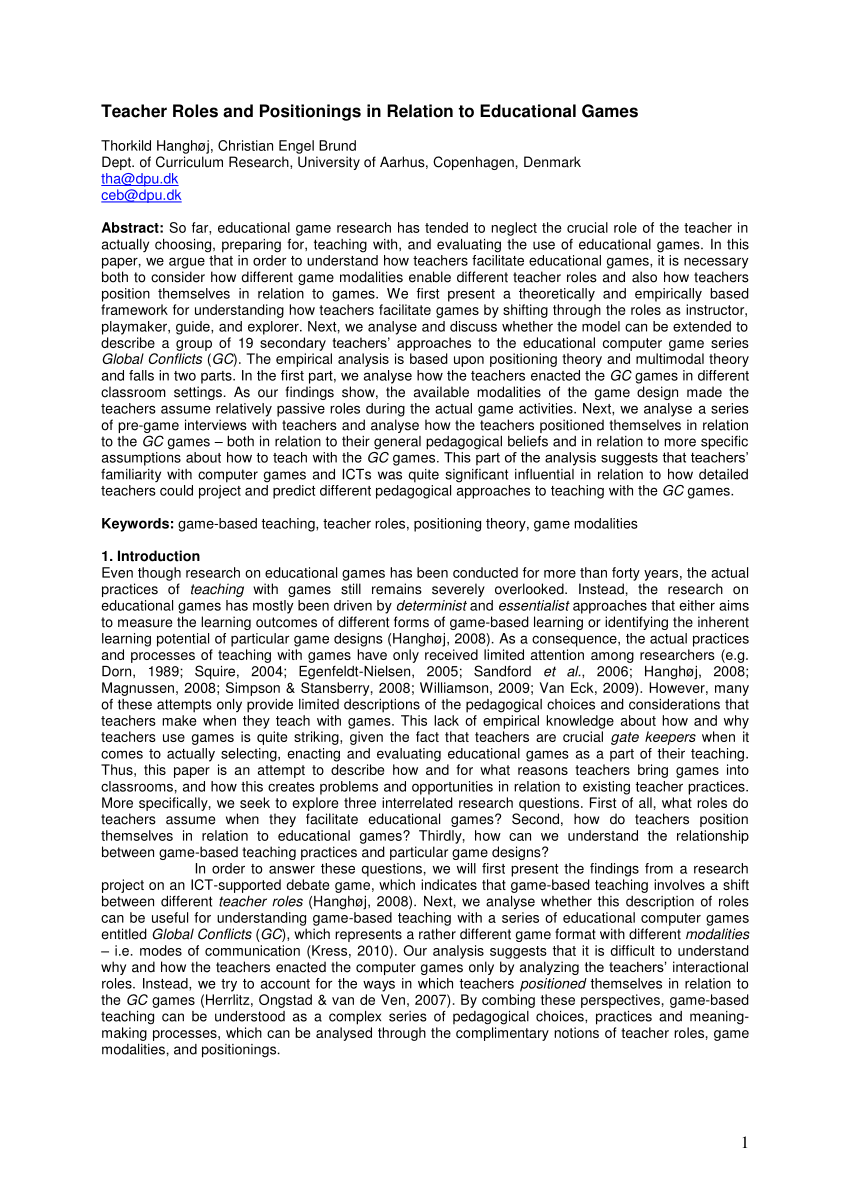
The effort level of secondary school students affects their grades. Students with low effort levels will receive lower grades. They do not make the required effort to pass the exams. There are two ways you can calculate your grades. You can use predicted grades or exam scores. Your test scores will determine your high school grades.
High school is an amalgamation of middle school, high school, and high school
High school is a combination of two educational systems: middle school and high school. The middle school phase is between elementary education and secondary education. It usually includes grades six through nine. Some states don't have a middle school and instead offer a mixed high school model. High schools are usually open to students in grades 7-12.
High school students are required to take courses that help them reach their academic goals. Typically, they take Algebra I, Pre-algebra, Geometry, and Algebra II w/ trigonometry. Many schools also offer AP or IB mathematics courses. A typical high school student will be required to take English/Language, Physical Education, and Social Studies. They might also consider additional subjects like Psychology in their senior years.

Open courses prepare students to pursue further studies.
The Open courses are designed to prepare students for further studies in secondary school and beyond. These courses do not replace secondary school's compulsory curriculum. These courses help students expand their knowledge and skills. They are designed to help students develop academic resilience and to learn how to think critically.
Predicted grades are based upon test scores
Combining test scores with grade point averages is what determines final grades. Calculating predicted grades for GCSEs or A levels is done using high school grades. However, these predictions can be inaccurate for high-achieving students and can result in a variable GCSE-to-A level progression. A recent study by Snell and colleagues showed that predicted grades are under-predicted for girls, while those of boys are over-predicted.
Predicted grades are calculated based on test scores. The test scores are anonymous so that assessors don't know names. However, this system does not avoid the possibility of bias on the part of teachers.
Scholarships are based upon predicted grades
Predicted grades in secondary school are used to determine if a student is a good candidate for a university scholarship. Schools calculate predicted grades based on student performance in Level 2 and Level3 examinations, and internal assessments. These grades should be sufficient to motivate students to reach their goals. Teachers are encouraged to exaggerate grades in order for students not to be disappointed by the actual results.

Scholarships are awarded based on expected secondary school grades as well as academic criteria. For students to be considered for scholarships, they must have a good grade, a 4.0 average, and at least one point of A. Students must also have excellent SAT or ACT scores. These requirements are very specific, and the decisions are made based on the academic information available at the time.
FAQ
How can I get scholarships?
To help pay college expenses, scholarships are grants. There are many types of scholarships available. These scholarships include:
-
Federal Grants
-
State Grants
-
Student Loans
-
Work Study Programs
-
Financial Aid
Federal grants are directly issued by the U.S. government. Federal grants generally require that applicants meet certain criteria. Financial need is one example.
Each state offers state grants. Some states offer these funds based on financial need; others award money for specific reasons.
Banks and other lending agencies can provide student loans. Students are often able to borrow money for expenses such as tuition or living expenses.
Work-study programs are designed to encourage employers to hire qualified students. Employers are required to pay employees at least minimum wage.
Financial aid allows low-income families to afford college by paying for all or part of their tuition costs.
What is the average salary of a teacher in early childhood education? (earning potential)
An average salary for an early childhood teacher is $45,000 annually
However, there are areas where salaries tend to be higher than average. Teachers in large urban school districts are often paid more than teachers in rural schools.
Salaries also depend on factors like how large the district is, and whether or non-degree-holding teachers.
Teachers start off making less money than other college graduates simply because they don’t have much experience. But their earnings can rise significantly over time.
What is the difference between public and private schools?
Public schools are free for all students. They offer education for kindergarten through high school. Private schools charge tuition fees per student. They offer education from preschool to college.
Charter schools are public-funded but privately managed. Charter schools are not bound by traditional curricula. Instead, they give their students more freedom to learn what interests them.
Charter schools are very popular with parents who believe that all children should have equal access to education, regardless of their financial circumstances.
What is the difference in school and college?
Schools are usually organized into classes (or grades) with a teacher who teaches a group of students. Colleges are larger institutions that offer more specialized programs and include many university-level courses. While schools tend to focus on the basics, colleges can offer courses in a wide range of subjects, including science, language, business, and arts. Both levels offer a variety of subjects to help students prepare for higher level study.
Statistics
- And, within ten years of graduation, 44.1 percent of 1993 humanities graduates had written to public officials, compared to 30.1 percent of STEM majors. (bostonreview.net)
- In most developed countries, a high proportion of the population (up to 50%) now enters higher education at some time in their lives. (en.wikipedia.org)
- “Children of homeowners are 116% more likely to graduate from college than children of renters of the same age, race, and income. (habitatbroward.org)
- They are also 25% more likely to graduate from high school and have higher math and reading scores, with fewer behavioral problems,” according to research at the University of Tennessee. (habitatbroward.org)
- Think of the rhetorical power of nineteenth-century abolitionist Harriet Beecher Stowe, Martin Luther King, Jr., or Occupy Wall Street activists with their rallying cry of “we are the 99 percent.” (bostonreview.net)
External Links
How To
How to apply for homeschooling
Homeschooling refers to the education of children at home. It involves teaching them through different methods, such as reading books, watching videos and doing exercises. It is considered one of the most effective ways of learning because it enables students to learn things at their own pace and develop skills like problem-solving, critical thinking, creativity, self-discipline, communication, and social skills.
Nowadays, it is common to see parents who wish to educate their children at-home. This is especially true for parents who work full time and don't have the time to spend with their children. They have the option of homeschooling which allows them to put their energies into their children's education without needing to worry about someone taking care of them at work.
Homeschooling offers many benefits. One of them is the ability for students to develop critical thinking and creative skills. Another is their ability increase their knowledge and language skills.
The primary goal of homeschooling, is to give high-quality education to children to enable them to become successful adults. However, certain requirements must be fulfilled before starting homeschooling. You must determine if your child is eligible for public or private school. The type of curriculum that you choose to use for homeschooling is an important consideration. There are many kinds of curricula on the internet that you can choose depending on what your level of knowledge, budget, and preference is. There are many options, including Waldorf, Montessori, Waldorf and Reggio Emilia. Charlotte Mason, unschooling and natural learning. Before you can start homeschooling, you need to ensure you have the necessary resources to support your child's learning. This includes purchasing books, educational materials, computers and electronic devices. You can buy these items online or purchase them from local stores.
After you have completed the above steps, the next step is to register as a homeschooling parents. To do this, contact your state department or education for assistance. You can fill out the necessary forms and receive guidance about how to start homeschooling.